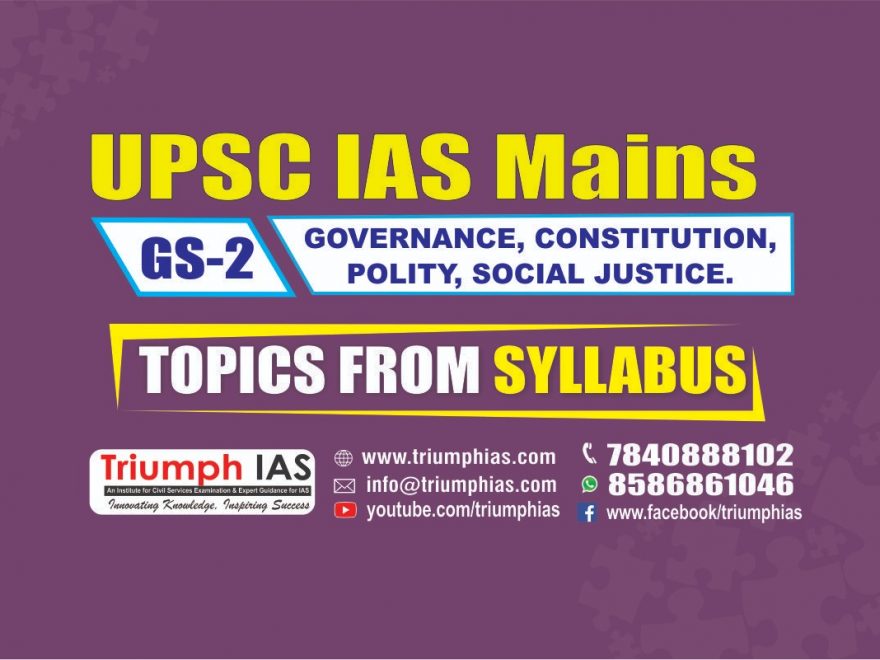Relevance: Mains: G.S paper II: Governance
Context:
- In 2020, according to the Niti Aayog, 21 Indian cities, including Delhi, Chennai and Bengaluru, will run out of groundwater.
• The Aayog’s “Composite Water Management Index” (CWMI), released in June, notes that “Seventy per cent of our water resources are contaminated”.
Highlights of the CWMI report:
- Several other reports, including the Central Water Commission’s “Water and Water Related Statistics 2019”, have thrown light on the poor state of India’s groundwater aquifers.
• The urgency of the Atal Bhujal Yojana, launched by the Union Jal Shakti Ministry last week, can, therefore, hardly be overstated.
• The groundwater revival scheme ticks quite a few right boxes.
• It seeks to strengthen the institutional framework of administering groundwater resources and aims to bring about behavioural changes at the community level for sustainable groundwater resource management.
• However, the Yojana that will be implemented in seven states — Gujarat, Haryana, Karnataka, Maharashtra, Madhya Pradesh, Rajasthan and Uttar Pradesh — should only be seen as the first step towards restoring the health of the country’s aquifers.
Background:
- India has had a Groundwater Management and Regulation Scheme since 2013. The Atal Bhujal Yojana will draw on some of the institutions created by this scheme, especially village-level water user associations (WUAs).
• The Jal Shakti Ministry will have its task cut out.
• The Niti Aayog’s CWMI notes that though “80 per cent states have a regulatory framework to establish such associations, progress on the ground is weak”.
• Less than 50 per cent states involve the WUAs in critical groundwater management decisions like those pertaining to irrigation resources, according to the CWMI.
• The Atal Bhujal Yojana would do well to follow the Niti Aayog’s recommendations for strengthening the financial state of the WUAs, including allowing these bodies to retain a significant portion of irrigation fees.
Significance of groundwater boosting:
- Groundwater contributes to more than 60 per cent of the country’s irrigation resources.
• Power consumers in the agriculture sector are billed at highly subsidised rates, which several studies have shown accounts for the over-extraction of groundwater.
• However, there is also a substantial body of work which shows that it is politically imprudent to install electricity meters on farmers’ fields.
• The discourse on groundwater use has to move beyond this binary: Ways must be found to balance the demands of farmers with the
imperatives of reviving the country’s aquifers.
• One solution — tried out in parts of Punjab — is to gradually reduce subsidies and offer cash compensation to farmers for every unit of electricity they save.
Conclusion:
- The CWMI report talks of other solutions like persuading farmers to adopt more efficient technologies such as drip irrigation.
• By emphasising on local-level institutions like the WUAs, the Atal Bhujal Yojana has signaled the Jal Shakti ministry’s inclination towards such persuasive solutions.

